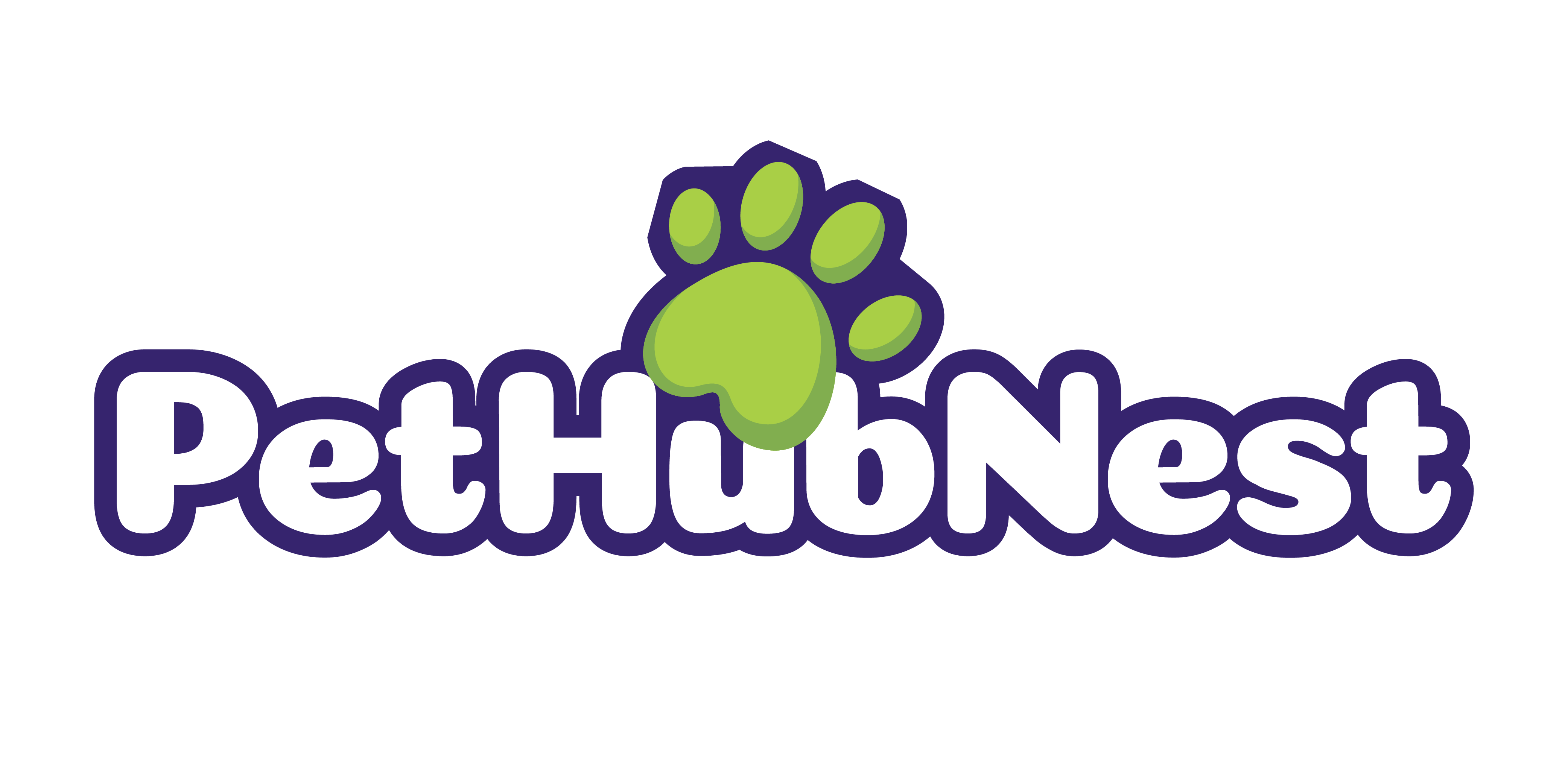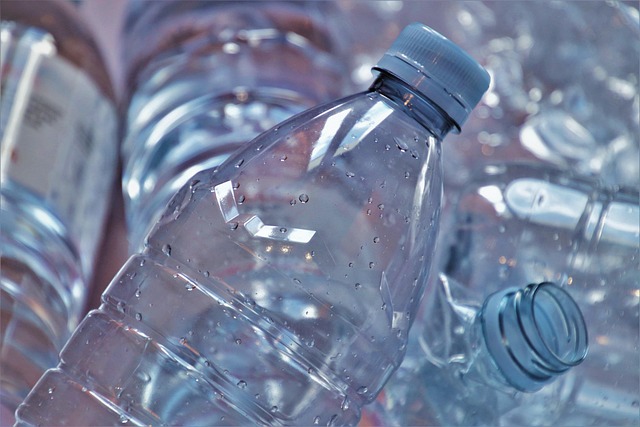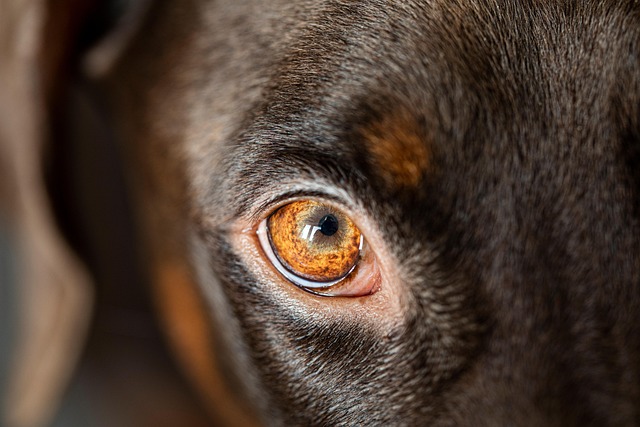Why Sustainability in Pet Care Matters
Owning a pet comes with a quiet cost to the planet. From the mountains of plastic packaging used in food and toys, to the disposable waste like poop bags and grooming wipes, the footprint adds up fast. The global pet industry is massive—and growing—which means even small habits can scale into big environmental problems when multiplied by millions of homes.
Let’s break it down. Most standard pet food bags aren’t recyclable. Toys made with synthetic dyes and glued with harsh chemicals end up in landfills or worse. Even cat litter, often mined through strip-mining methods, can take a toll on the earth. And don’t forget the single-use items: plastic bowls, cheap collars, microplastic-filled grooming products.
The good news? You don’t need to live off-grid with your dog to make a difference. Swapping out a few high-waste items for sustainable versions goes a long way. Think compostable poop bags, refillable pet wipes, or food packaged in recyclable materials. Choose durable toys over throwaway ones. Pick brands that clearly tell you where their materials come from—and how they package them.
Small moves. Big outcomes. A lighter pawprint starts with simple swaps done consistently.
Choosing Greener Pet Food
Your pet’s food is one of the biggest opportunities to make a sustainable shift. Start with the ingredients. More pet food brands are ditching mystery meats and fillers in favor of organic proteins, locally sourced vegetables, and certified sustainable fisheries. Think wild-caught salmon over processed meal powders. It’s not just about health—it’s about reducing the resource load tied to conventional farming and mass production.
Then there’s packaging. Traditional bulky plastic bags are slowly being replaced with compostable pouches, recyclable cartons, and even reusable containers. It’s a small pivot that adds up quickly when you think about the volume most households go through in a year.
Look for names like Open Farm, The Honest Kitchen, and Castor & Pollux. They’re not just slapping green labels onto bags—they’re investing in traceable sourcing, lower-emission supply chains, and long-term environmental commitments. These brands are proving that doing better for the planet doesn’t mean compromising your pet’s nutrition—or your standards.
Eco-Conscious Toys & Accessories
When it comes to pet toys and accessories, what they’re made of matters just as much as how long they last. Skip the synthetic fluff. Materials like hemp, recycled plastic, and organic cotton are leading the eco charge. They’re tough, safe, and made with far less environmental impact. Hemp, in particular, is biodegradable, mold-resistant, and naturally durable—it checks a lot of boxes.
Keep an eye out for what’s in the fine print too. Toxic dyes, chemical glues, and synthetic fabrics can sneak into even the cutest products. These might not just harm the planet—they can irritate your pet’s skin or worse. Stick with items that are dye-free or colored with water-based alternatives, and crafted with non-toxic adhesives (or better yet, sewn together).
And remember, well-made gear isn’t just a better look—it’s a smarter buy. Durable toys and accessories mean fewer replacements and less waste piling into landfills. Buy once, use for years. Your pet won’t notice the label. But the planet will.
Sustainable Grooming & Cleaning Products
Keeping your pet clean doesn’t have to mean sacrificing the planet. Grooming and cleaning routines can generate a surprising amount of waste—from plastic containers to chemical-heavy formulas. Fortunately, a growing number of sustainable options make it easier than ever to maintain a healthy, eco-friendly lifestyle for both pets and their humans.
Natural Shampoos & Conditioners
Many traditional grooming products are packed with artificial fragrances, sulfates, and other harsh chemicals that aren’t just bad for your pet’s skin—they’re also rough on the environment.
Look for:
- Plant-based ingredients (like aloe, oatmeal, or coconut oil)
- Cruelty-free and vegan certifications
- Formulas free from parabens, synthetic dyes, and sulfates
- Biodegradable packaging or refill options
Tip: Concentrated shampoo bars are a zero-waste alternative and can last longer than liquid products.
Biodegradable Wipes & Waste Bags
Daily cleanups and bathroom breaks often add layers of plastic to landfills. Biodegradable options help reduce that burden without sacrificing convenience.
Better choices include:
- Compostable dog poop bags made from cornstarch or other plant materials
- Fragrance-free biodegradable pet wipes for paws, coats, and eyes
- Multi-use cloth towels that can replace single-use wipes altogether
Bonus: Many brands offer refill packs to eliminate excess packaging.
Non-Toxic Cleaners for Pet Areas
Your home—and your pet’s favorite hangout spots—deserve just as much attention. Harsh chemical cleaners can be dangerous to animals and the environment.
Choose instead:
- Non-toxic, pet-safe floor and surface sprays
- DIY cleaning solutions made with vinegar, baking soda, and essential oils (note: ensure oils are pet-safe)
- Enzymatic cleaners that break down odors and stains without leaving harmful residues
When cleaning your pet’s space, always test a small area first and ventilate properly to keep your companion safe and comfy.
Furniture & Bedding with a Planet-Friendly Twist
Pet furniture doesn’t have to cost the Earth—literally. These days, more brands are swapping synthetic fills for recycled fibers or plant-based materials that skip the petroleum punch of traditional memory foam. Some are even crafting beds from shredded denim and upcycled textile waste, offering comfort that doesn’t depend on virgin resources.
Reclaimed wood is also making a comeback—not as a Pinterest trend, but as a real option for eco-forward pet parents. Think feeding stations built from salvaged barn boards or scratch posts crafted from repurposed furniture legs. And secondhand is no longer second-rate. Gently used crates, bed frames, and play structures are being rescued from dumps and given a second life—which saves money and landfill space.
Finally, don’t underestimate the power of washability. Furniture that survives the spin cycle means you aren’t tossing it when it gets gross. Choose durable fabrics, sturdy seams, and components that can handle repeated cleaning. Longevity leads to less waste, and a product that sticks around beats one that breaks down—no matter how green the label says it is.
Tech & Gadgets That Cut Waste
Smart tech isn’t just for humans—it’s reshaping how we care for pets, and it’s cutting down on waste while doing it. Smart feeders, for example, are helping pet owners portion meals more accurately. That means less food left in the bowl (or on the floor), fewer impulse feedings, and ultimately less waste. Some advanced models even learn your pet’s habits and adjust automatically.
Water fountains are another game-changer. Moving water not only stays fresher longer, but encourages pets to drink more—especially important for cats. The bonus? You’re not constantly dumping and refilling bowls, which keeps water waste to a minimum.
And as chargers and batteries pile up in our drawers, pet gear is quietly catching up. Solar-powered trackers and USB-rechargeable toys are making disposable batteries obsolete. Less clutter, less waste, more control.
Want to see what else is pushing the edge? Check out the latest roundup of award-winning gear in Pet Gadgets of the Year.
How to Make Smarter Buying Choices
Making eco-friendly pet choices doesn’t have to be overwhelming. When shopping for pet products, a few informed decisions can lead to a big difference—for the environment and your pet’s health.
Know Your Certifications
Certain labels can help you separate truly sustainable products from those using greenwashing tactics.
Look for:
- USDA Organic – Ensures ingredients are grown without harmful pesticides or synthetic fertilizers
- Certified B Corporation – Indicates companies that meet high standards for environmental and social performance
- BPA-Free – Important for plastic products like bowls and toys to protect your pet’s health
- Leaping Bunny or Cruelty-Free – Ensures products weren’t tested on animals
- Compostable or Biodegradable – Especially relevant for waste bags and packaging
Choose Brands That Prioritize Transparency
Sustainability should be part of a brand’s DNA—not just a marketing trend.
When evaluating brands, ask:
- Do they disclose where and how their materials are sourced?
- Are their manufacturing processes environmentally responsible?
- Do they invest in recycling or take-back programs?
- Is the company actively working to reduce its carbon footprint?
Supporting truly committed companies helps push the industry forward.
Understand the Price vs. Value Trade-Off
Sustainable pet products often cost more upfront, but they tend to offer better quality, durability, and peace of mind.
Keep in mind:
- Higher initial cost can mean fewer replacements over time
- Healthier, natural ingredients reduce long-term vet bills
- Well-made gear often leads to less waste and more savings in the long run
Sustainability isn’t always about doing everything perfectly—it’s about making smarter choices that add up over time.
Final Thoughts
Going green with your pet doesn’t mean tossing out everything you already own or buying expensive replacements overnight. Sustainability works on a spectrum—and progress beats perfection every time. Start where you are. Maybe it’s swapping single-use plastic poop bags for compostable ones. Maybe it’s choosing a bed made from recycled fill when the current one wears out. Each small move counts.
Transitioning your pet’s supplies gradually is key. Get into the habit of checking labels when buying food, toys, or grooming products. When something runs low or breaks, ask: is there a better version—one that’s gentler on the planet? And don’t forget about donation or reuse options. Your old crate, leash, or bowls might be useful to a local shelter.
At the end of the day, this isn’t about being perfect. It’s about making better choices, one item at a time. When your pet’s needs align with practices that reduce waste or emissions, that’s a win you both share. Be a quiet example—the kind others notice. Leading by doing.


 Annelina Pierceric is a dedicated author at pethubnest She shares practical insights on pet care, exploring new ways technology can support healthier and happier lives for pets.
Annelina Pierceric is a dedicated author at pethubnest She shares practical insights on pet care, exploring new ways technology can support healthier and happier lives for pets.


